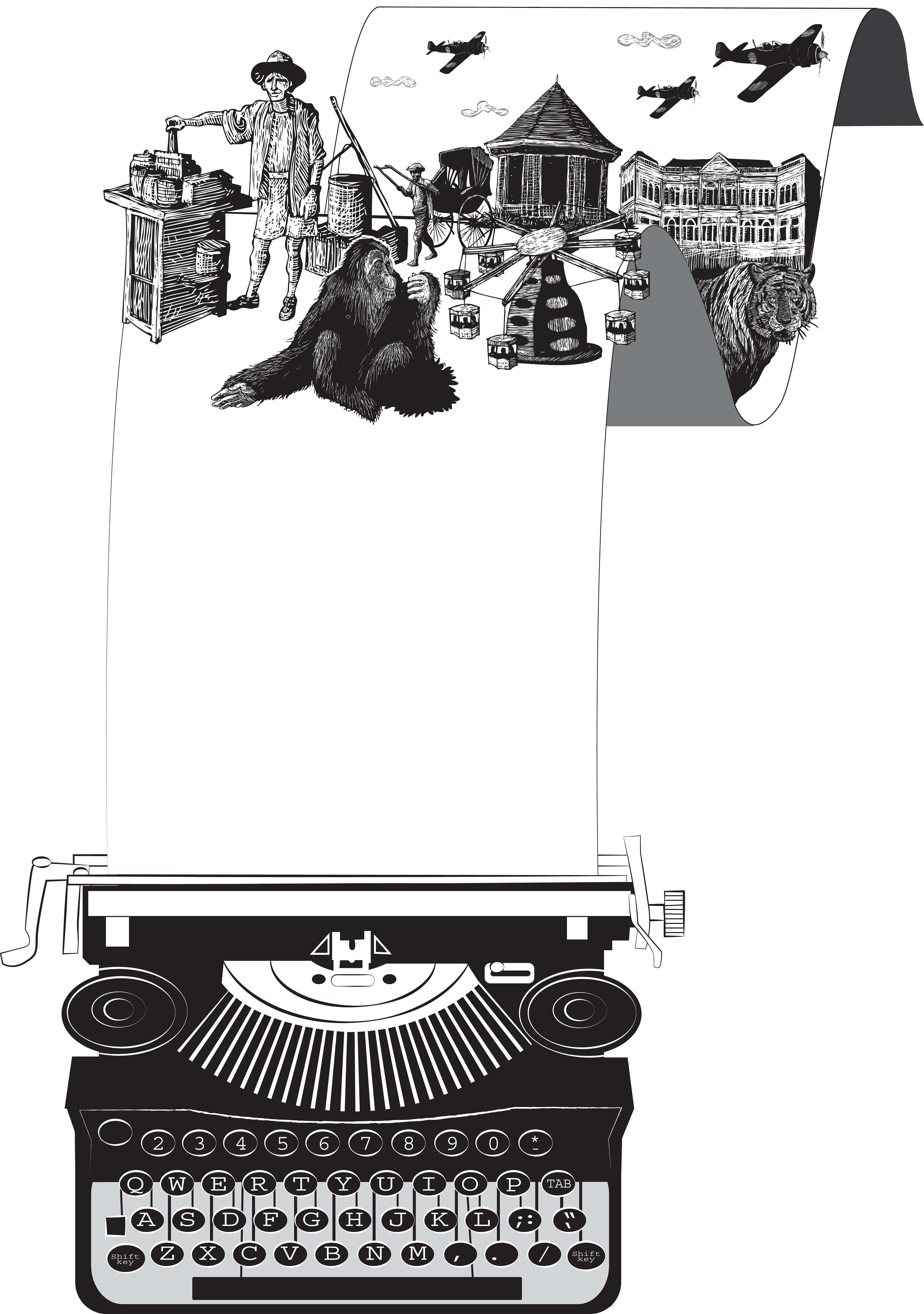History, by definition, is remote, like a distant ship on the edge of a converging horizon. It condenses reality by painting it in very broad strokes, one eddy in the river of time.
If approached through the pages of a newspaper, however, history comes alive. The amorphous past takes firm shape to hover in the present, so real that you can almost touch it. An old newspaper can transport you back in time, the journey triggered by a quaint phrase in a report about the Great Depression in the 1930s or the mere mention of a place name, a favourite haunt long gone. You can almost smell the sea breeze at Scandal Point, where well-to-do Europeans in top hats and tight corsets gathered to share gossip in the 1800s - if you can imagine a low embankment wall at the Padang that Sir Stamford Raffles ordered built to fortify the defences of the island.
The Straits Times can transmit the mundane reality of everyday existence in the 19th or early 20th century to us, the readers, effortlessly. It can do this because newspaper accounts do not just paint a "picture" of reality. They do better: they encase reality by dint of detail and sheer volume.
A few factors allow this to happen: First, newspapers do not set out to be historical, so they are untrammelled by the "burden of import", nor do they adopt a narrative voice, both of which can distort the depiction of reality. They fulfil a straightforward human need for information. They report.

Second, a newspaper is deeply human and, by extension, readily approachable. It details human experience, momentous and mundane, with equal rigour. In 1901, The Straits Times reported that an unnamed hawker had been fined $2 for slapping a woman. In 1952, it reported that the "Duke of Kent danced a quick-step with 18-year-old Mabel Lee Soo Bee at a school social". Both stories were written in the same spare tone. In fact, the story on the royal visit took pains to set the context. "These socials are a regular part of school life in Singapore and last night's dance was not specially put on for the Duke."
Finally, as readers, we are moved by the same things as our ancestors over the last 170 years. If, today, we like to read that American actress Dakota Johnson wore an Yves Saint Laurent dress, diamonds and a Bally to the Oscars, in 1895, ST readers were treated to the Sultan's Ball, held at the Singapore palace of the Johor royalty. A report went into the entrees served: Findon haddock mayonnaise, chicken and beetroot mayonnaise, Aspic pate de foie gras, and pigeon and egg pie.
After all, technology has expanded the means to affect human experience, not its scope. In the 1920s, The Straits Times, which clearly saw the economic gloom coming, pushed for state spending, a version of the stimulus of 2008. Editor George Seabridge did not lose his perspective even in the midst of the Great Depression. "To talk of Malaya going back to jungle and Singapore becoming a fishing village is ludicrous," he wrote in 1932 in an editorial, Too Much Gloom. He pushed the colonial government to act, to seize an "opportunity for statesmanship".
To me, the Maria Hertogh story has special resonance. You may remember that 13-year-old girl, peeping from behind her "mother" in a black-and-white photograph in your secondary school history textbook. You probably also recall that the custody battle for Maria sparked riots in Singapore that led to 18 deaths 65 years ago. But you may not have heard of Madam Rokayah Yusof, from Kemaman kampung in Malaysia's Terengganu state, who carefully files all the newspaper clippings she can get about Maria, whom she calls "Auntie" and remembers by her Malay name, Nadra. Assisting reporters who knock at her door with questions is her way of making sense of the tragedy. "The story is not complete yet," she told us in an interview. "There are still a lot of details that are missing."
Newspapers have been called the first draft of history. But they are so much more. They are portable, foldable repositories of living history.

